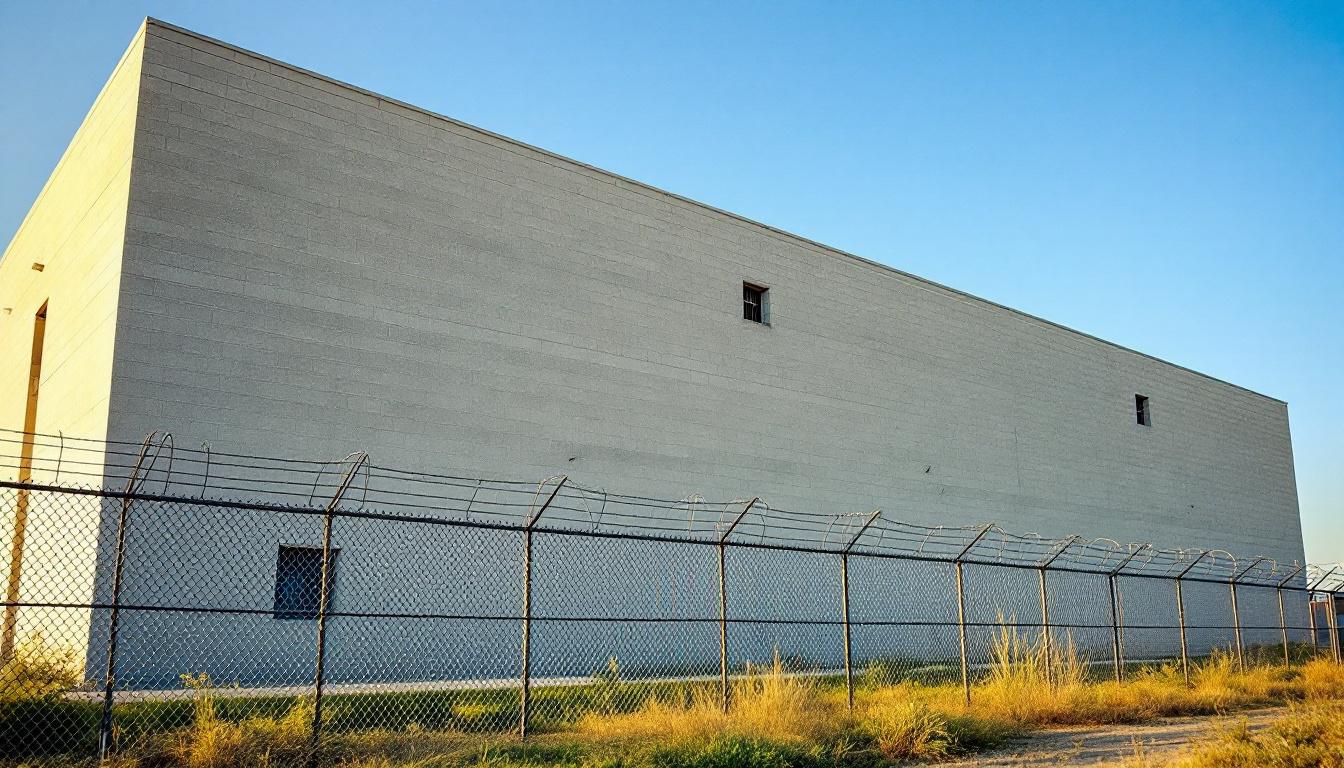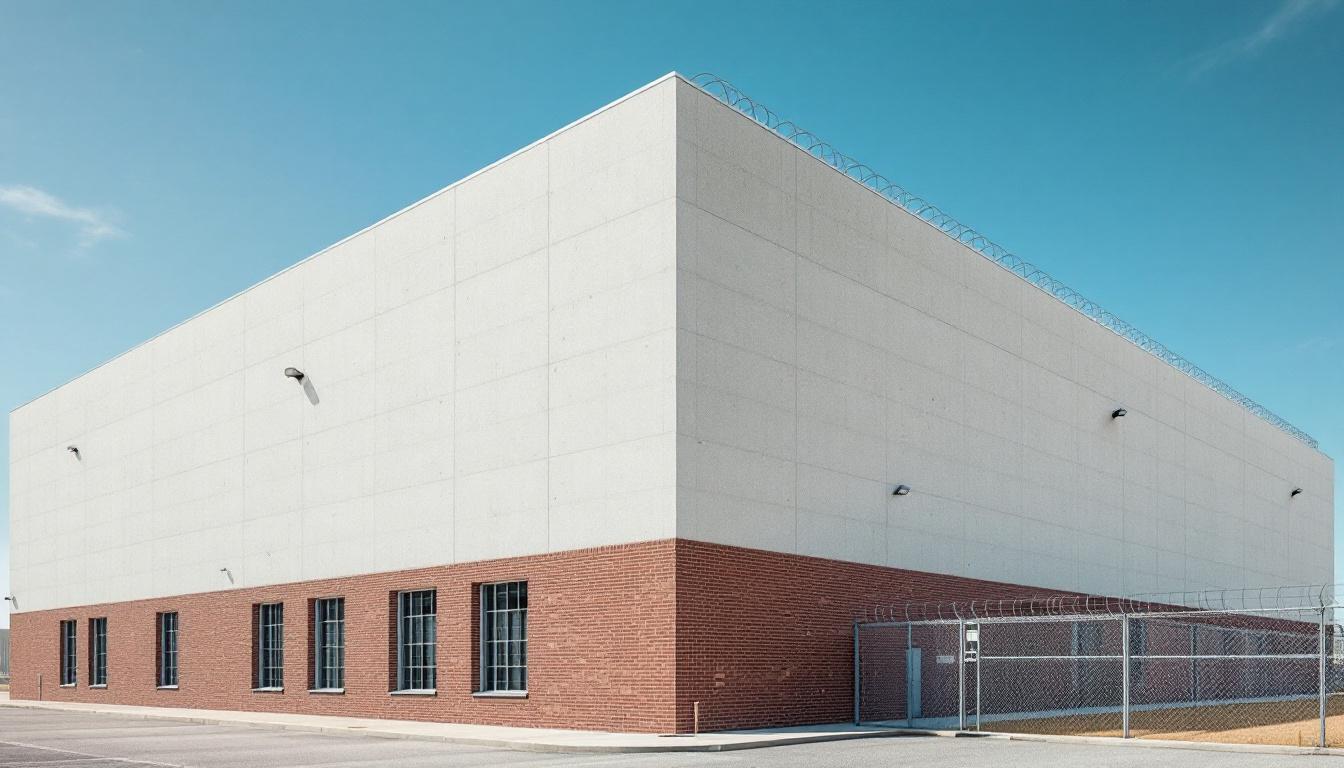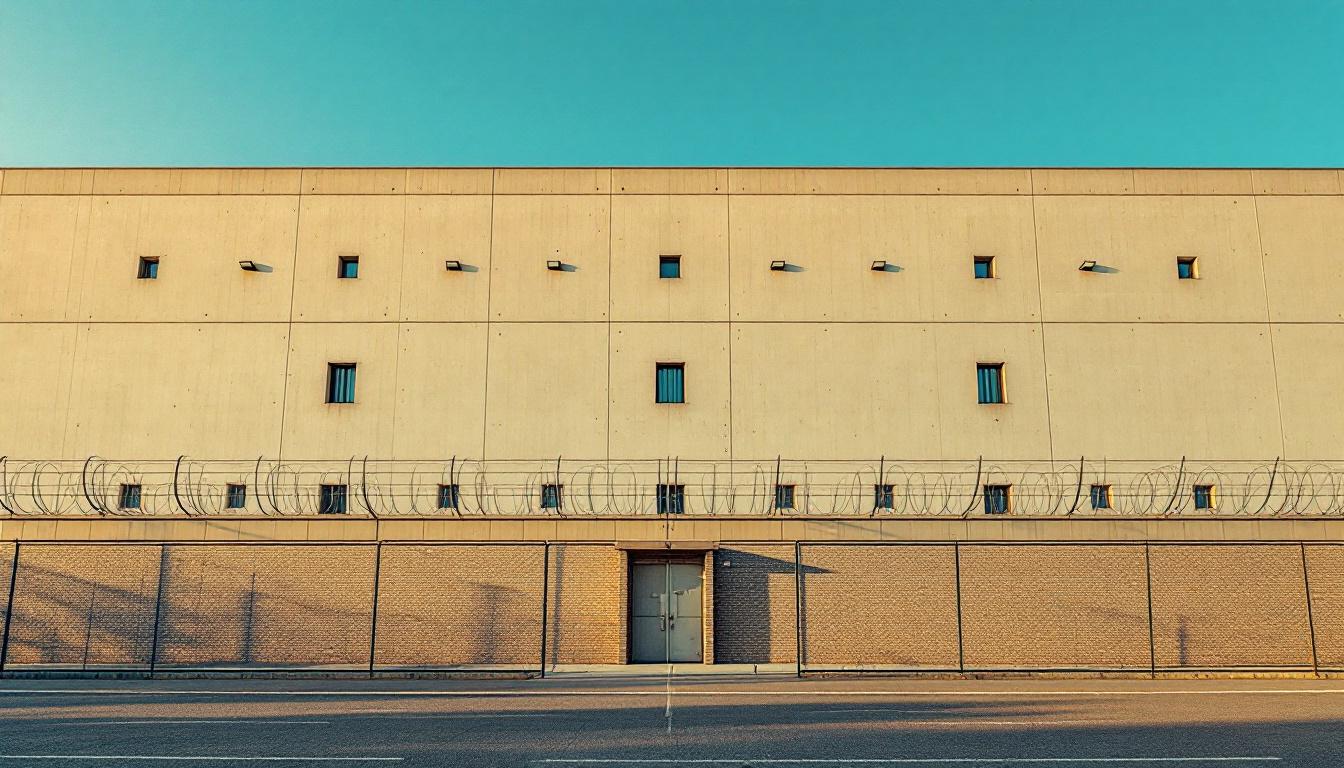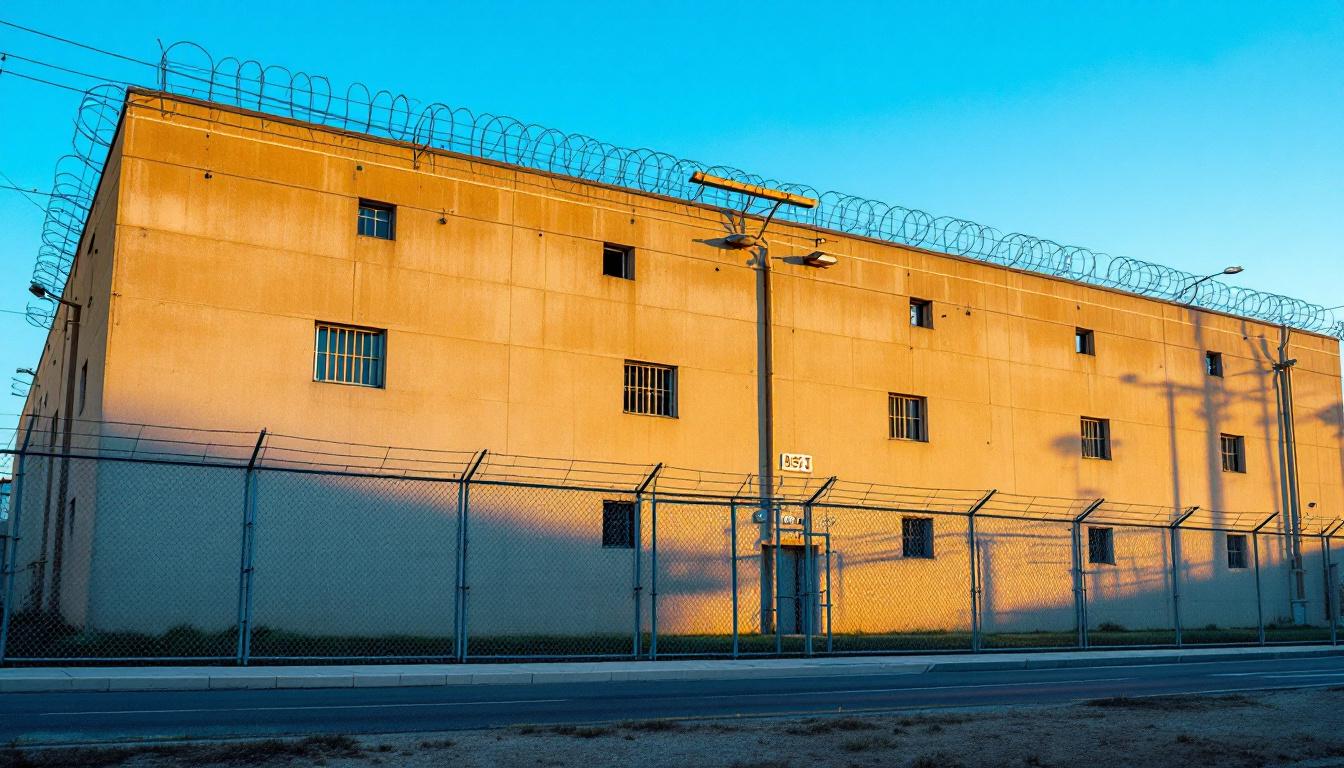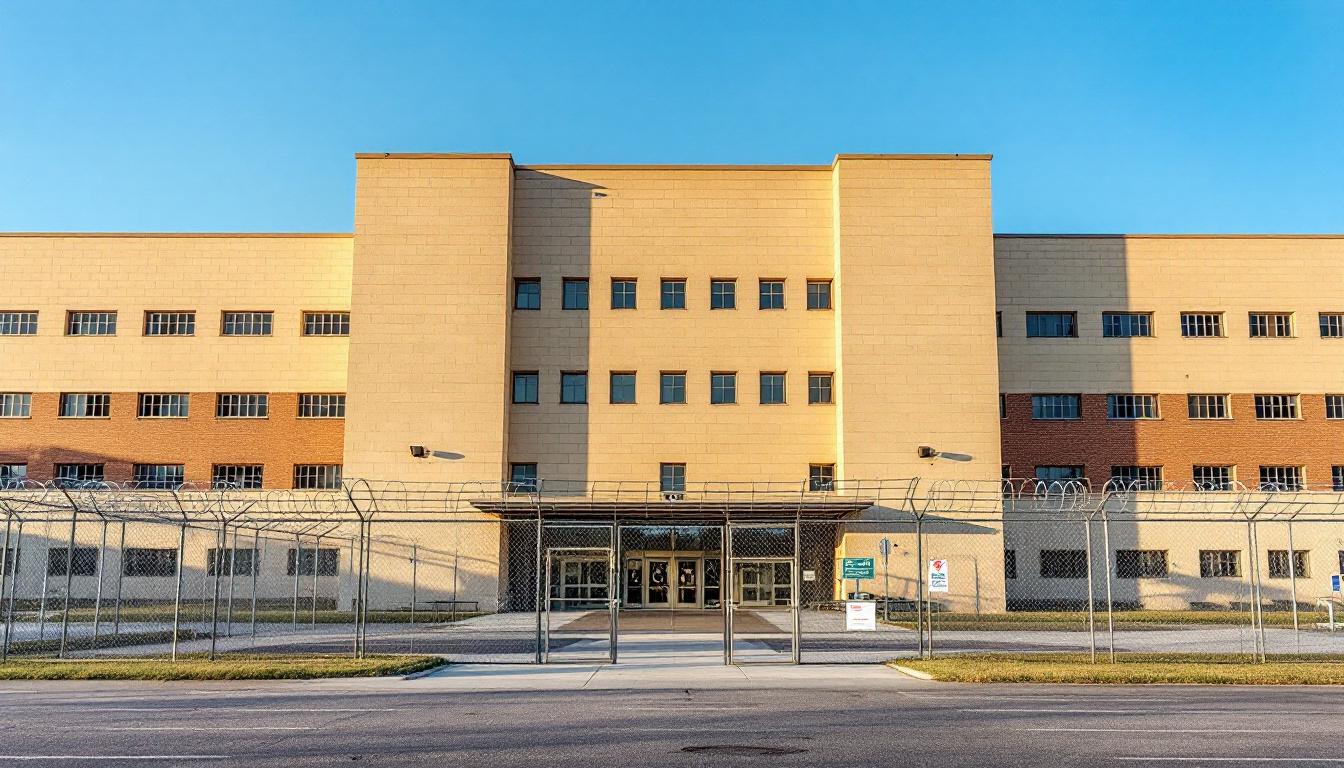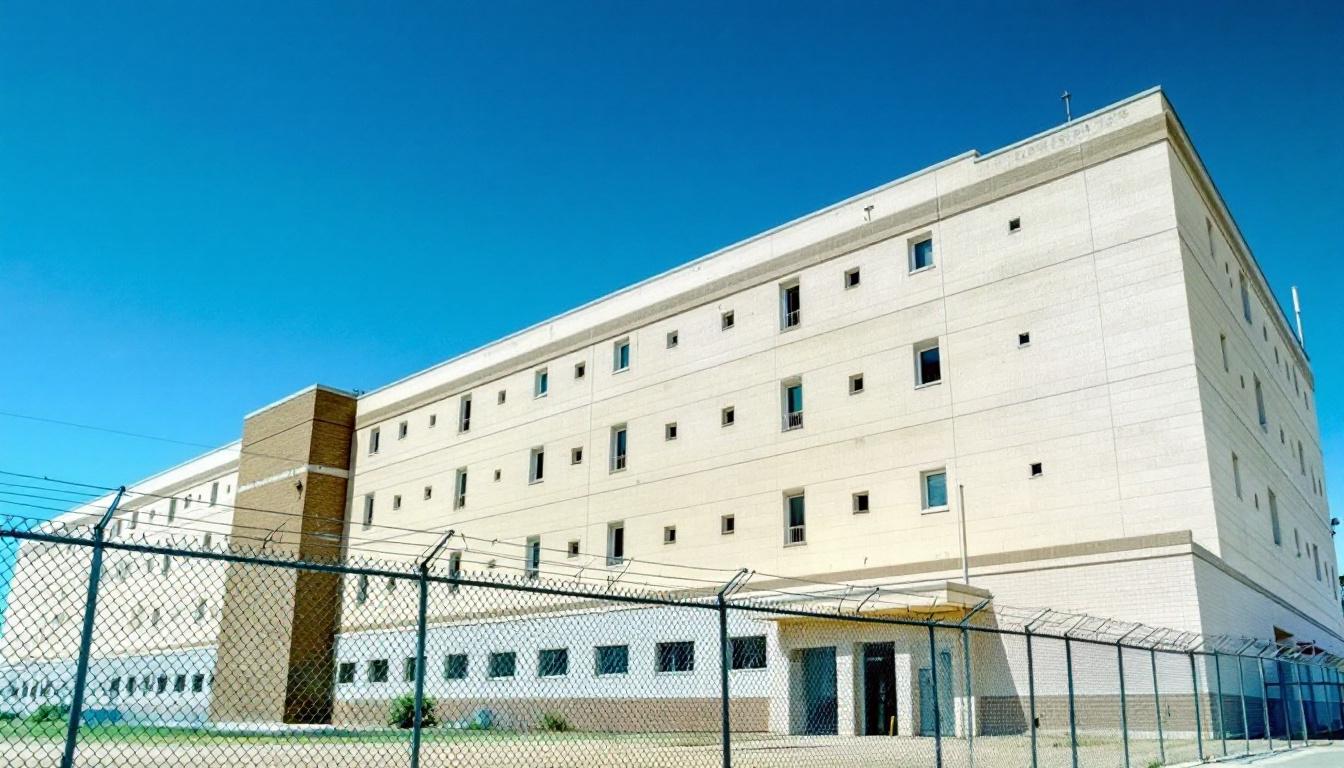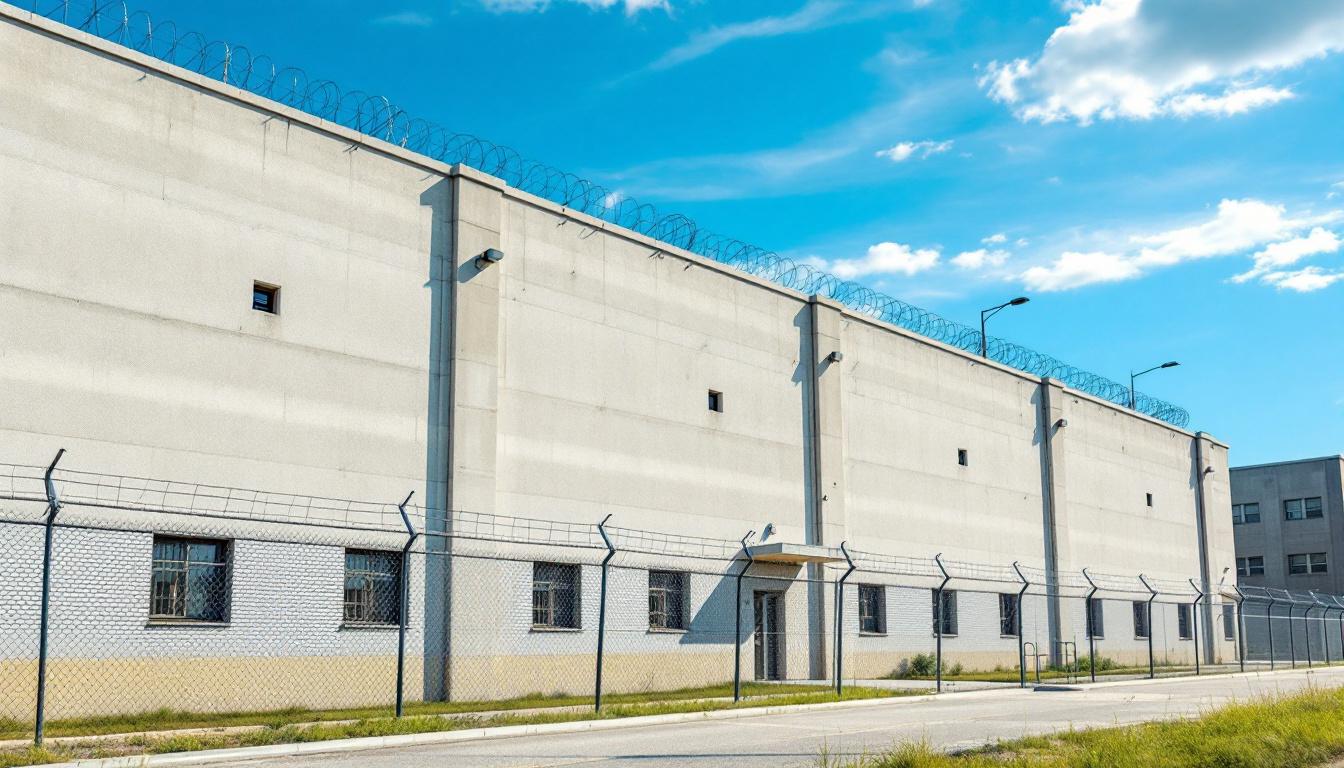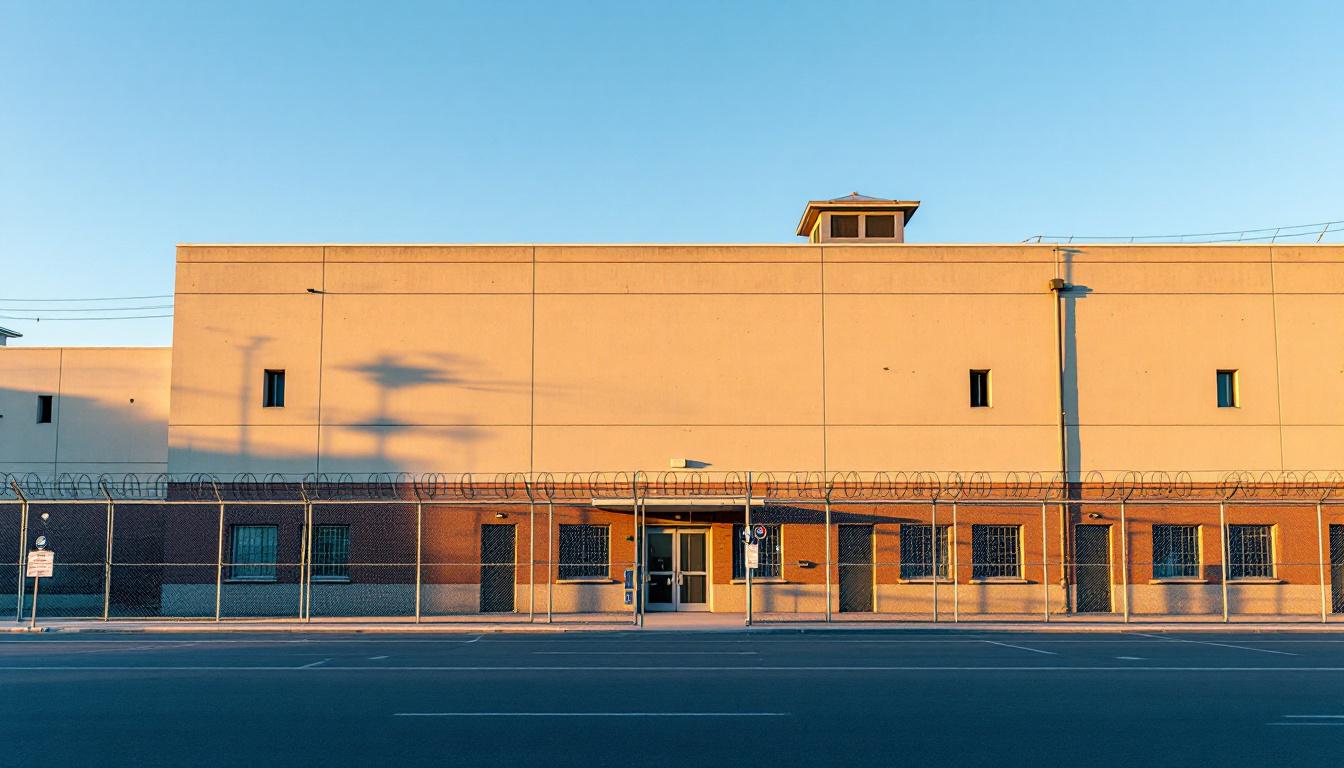
Quick Navigation
How to contact an inmate at Pulaski County Sheriff
This comprehensive guide will walk you through how to connect with an inmate at Pulaski County Sheriff. Follow the steps below to find an inmate and send letters and photos:
- Search for the inmate using our search tool below
- Create your account or log in to Penmate
- Write your message (up to 6,000 characters)
- Send instantly - inmates receive printed copies daily
Find an Inmate
Search for an inmate to start communicating today
Tip: You can search by first name, last name, or inmate ID number
To contact a person at Pulaski County Sheriff start by searching for the person on the official facility website. Perform a search by following these steps:
- Step 1: Enter their first name and last name into the search form and click "Search"
- Step 2: Locate their inmate record
- Step 3: Write down their Inmate ID and any housing information provided
Important! Be sure to enter the person's full name. Nicknames should not be used.
How to Send Messages to Inmates

You can use your phone or computer to send emails, letters, and photos to an inmate. Messages are sent electronically to inmate tablets or kiosks at the facility. If you would like to send a message, start by searching for an inmate at Pulaski County Sheriff.
Sending Photos and Postcards

A great way to send love and support to a loved one at Pulaski County Sheriff is to send photos and postcards. It only takes a few minutes to send photos from your phone and it makes a huge difference. You can also mail postcards with words of support and inspiration, or design your own postcard for special moments like birthdays and holidays.
Important! Be sure not to send any explicit photos or they may not be approved by the facility. You can also use a photo printing app like Penmate to make sure your photos are printed at the correct size (4x6 or 3x5) and are mailed according to the rules and regulations of Pulaski County Sheriff.
Frequently asked questions about Pulaski County Sheriff
-
How long does it take to deliver a message?
If you're sending an email message your letter is usually delivered within 24-48 hours. For messages sent via mail you should expect delivery within 3-7 days. All messages will need be approved by Pulaski County Sheriff.
-
How much does it cost to send a message to Pulaski County Sheriff?
You can send a message free using your phone or mail a message via USPS for the price of a $0.60 stamp and envelope. You can also purchase credits or e-stamps from services starting at $1.99.
-
What services can I use to contact an inmate at Pulaski County Sheriff?
Penmate
You can use Penmate to send letters and photos to an inmate from your phone. It's an easy way to stay in touch during your loved one's incarceration. Use the inmate locator to find an inmate's location and contact information, then you can send messages within a few minutes.
Securus messaging
Securus may be another option for communicating with an inmate at Pulaski County Sheriff. You can create a friends and family account and purchase credits to send messages. All messages will be reviewed and must be approved by the facility.
JPay
Some county jails and state prisons may support sending messages with JPay. You must register an account with the system, find your loved one, and purchase stamps to send messages. For some locations you can also attach photos.
Smart Jail Mail
You may also check if Smart Jail Mail is available at Pulaski County Sheriff. Smart Jail Mail is operated by Smart Communications and has contracted with some state and county jails. After purchasing credits, your messages and photos are sent to the facility, printed out, and then handed out to your loved one.
-
What is the mailing address of Pulaski County Sheriff?
Mailing address:
Pulaski County Sheriff
403 School St
Waynesville, MO 65583
Phone: (573) 774-6196Business hours:
- Monday: Open 24 hours
- Tuesday: Open 24 hours
- Wednesday: Open 24 hours
- Thursday: Open 24 hours
- Friday: Open 24 hours
- Saturday: Open 24 hours
- Sunday: Open 24 hours
-
What are the visiting hours at Pulaski County Sheriff?
Visiting hours at Pulaski County Sheriff vary by housing unit and security level. Generally, visits are scheduled on weekends and holidays, with some facilities offering weekday visits. Contact the facility directly at (573) 774-6196 or check their website for the current visiting schedule. Visits typically last 30-60 minutes and must be scheduled in advance.
-
What items are prohibited when sending mail to Pulaski County Sheriff?
Prohibited items typically include: cash, personal checks, stamps, stickers, glitter, glue, tape, staples, paperclips, polaroid photos, musical or blank greeting cards, hardcover books, magazines with staples, and any items containing metal or electronics. Only send letters on plain white paper with blue or black ink. Photos must be printed on regular photo paper (no Polaroids). Always check with Pulaski County Sheriff for their specific mail policies.
-
How do I send money to an inmate at Pulaski County Sheriff?
You can send money to an inmate at Pulaski County Sheriff through several methods: 1) Online using JPay, Access Corrections, or the facility's approved vendor, 2) Money orders mailed directly to the facility with the inmate's name and ID number, 3) Kiosks located in the facility lobby, or 4) Over the phone using a credit or debit card. Fees vary by method, typically ranging from $2.95 to $11.95 per transaction.
-
Can I schedule a video visit with an inmate at Pulaski County Sheriff?
Many facilities now offer video visitation as an alternative to in-person visits. At Pulaski County Sheriff, video visits may be available through services like Penmate, Securus Video Connect, GTL, or ICSolutions. Video visits typically cost $10-20 for 20-30 minutes and must be scheduled in advance. You'll need a computer or smartphone with a camera and reliable internet connection. Contact the facility for their specific video visitation policies and approved vendors.
-
What identification do I need to visit an inmate at Pulaski County Sheriff?
All visitors must present valid government-issued photo identification such as a driver's license, state ID, passport, or military ID. Minors must be accompanied by a parent or legal guardian who can provide the minor's birth certificate. Some facilities require visitors to be on the inmate's approved visitation list, which may require a background check. Contact Pulaski County Sheriff for specific ID requirements and visitor approval procedures.
-
How can I find out an inmate's release date?
To find an inmate's release date at Pulaski County Sheriff, you can: 1) Use the online inmate search tool if available, 2) Call the facility's records department, 3) Contact the inmate's case manager or counselor, or 4) Have the inmate provide this information during a call or visit. For privacy reasons, some facilities only release this information to immediate family members.
Facility Overview
Contact Information
Pulaski County Sheriff403 School St
Waynesville, MO 65583
Phone: (573) 774-6196
Official Website
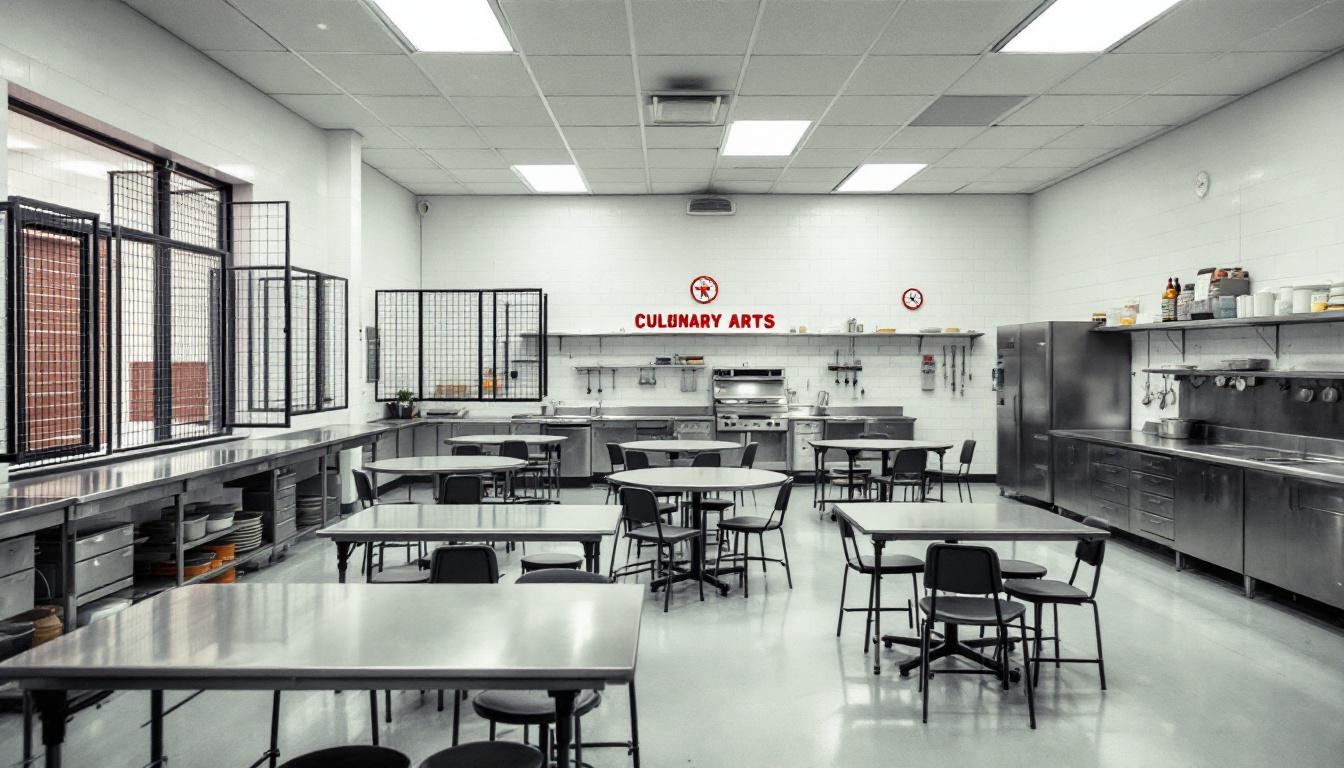
About Pulaski County Sheriff
Nestled within the heart of Waynesville, Missouri, this county correctional facility serves as a vital component of Pulaski County's criminal justice infrastructure. The Pulaski Jail, MO operates within the broader framework of Missouri's correctional system, providing secure housing and essential services for individuals awaiting trial, serving shorter sentences, or transitioning between different phases of the legal process. This MO correctional facility typically accommodates a diverse population that includes both male and female residents, with housing arrangements designed to maintain appropriate classification and safety protocols throughout the facility.
The facility's approach to offender management emphasizes structured daily routines combined with access to fundamental support services that may include educational opportunities, substance abuse counseling, and basic vocational training programs. Residents services often encompass medical care, mental health support, and chaplaincy programs, reflecting the facility's commitment to addressing the multifaceted needs of its population. The county jail typically maintains connections with local community organizations and service providers, facilitating reentry planning and support systems that extend beyond an individual's period of incarceration.
Located in this Midwest region community, the facility generally operates under standard county jail protocols while adapting to the specific demographic and geographic characteristics of the Waynesville area. The institution's rehabilitation-focused programming may include literacy classes, anger management sessions, and pre-release preparation services designed to support successful community reintegration. Through its comprehensive approach to corrections, the facility strives to balance public safety requirements with evidence-based practices that address underlying factors contributing to criminal behavior, ultimately serving both the immediate needs of residents and the long-term interests of the broader Pulaski County community.
Programs & Services
Educational initiatives form the cornerstone of rehabilitation efforts, focusing on building foundational skills that residents need for successful reintegration. The facility typically emphasizes a comprehensive approach that addresses both immediate learning needs and long-term career preparation. These initiatives often include basic literacy development, high school equivalency preparation, and skill-building workshops that help residents gain confidence in their abilities.
Academic programming may deliver instruction in core subjects like mathematics, reading, and writing through structured classroom settings. Residents can often participate in distance learning opportunities that connect them with educational resources beyond the facility walls. Additionally, vocational training initiatives focus on practical skills development in areas such as construction basics, food service preparation, and general maintenance work. These hands-on programs typically provide residents with marketable skills that can lead to employment opportunities upon release.
Support services and therapeutic initiatives work together to address the underlying challenges that residents face. Substance abuse treatment programs often include both group counseling sessions and educational components about addiction recovery. Additionally, community resource connections help residents establish links with local organizations that can provide ongoing support after their release. Housing assistance initiatives may deliver guidance on securing stable living arrangements, while case management services typically help residents navigate the various resources available to them during their transition back into the community.
Daily Life & Visitation
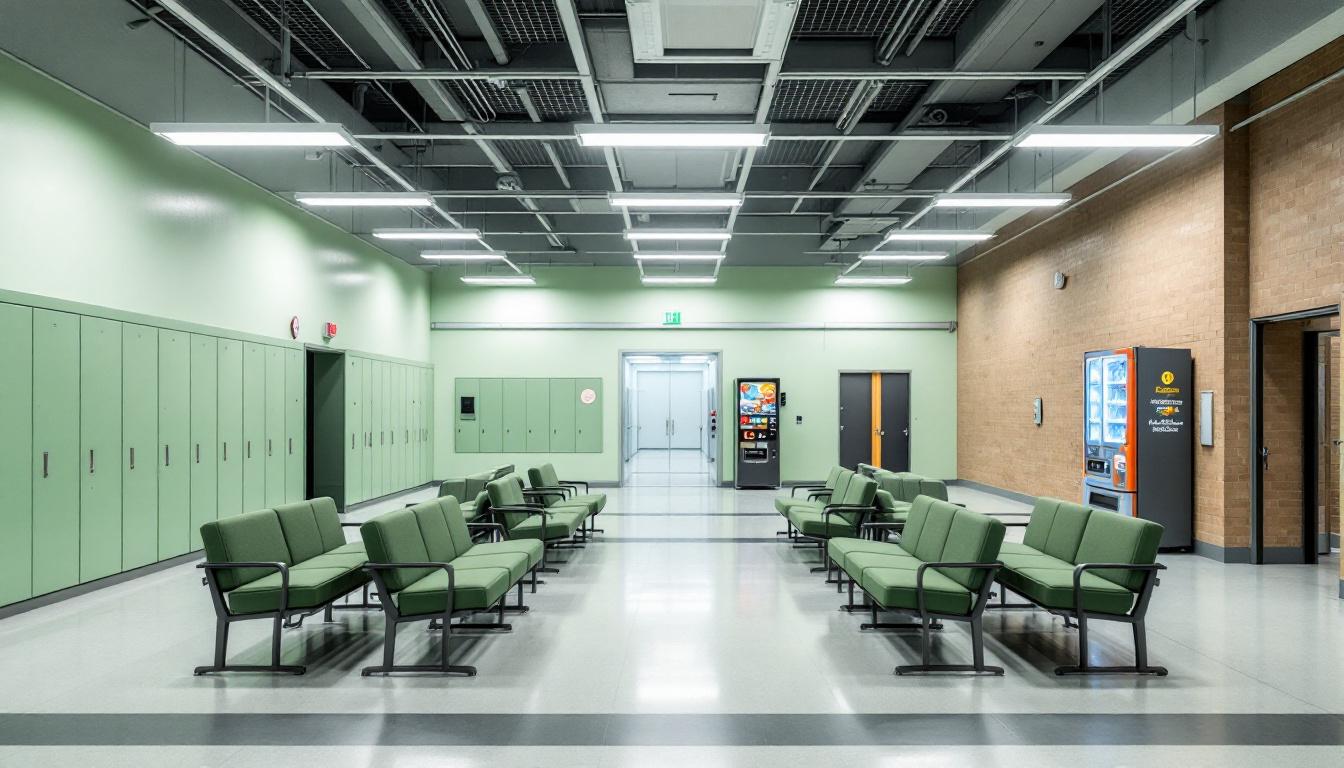
Structure now governs every aspect of life within the facility, with residents following carefully planned schedules that begin early each morning and continue throughout the day. Wake-up typically occurs at a consistent hour, followed by personal hygiene time and preparation for breakfast. Residents regularly move between designated areas for meals, programming, and recreation according to established timeframes that deliver predictability to their daily experience. Count times occur at regular intervals, ensuring accountability while maintaining the orderly flow of activities.
Living accommodations at Pulaski Jail generally consist of housing units where residents share space with others in dormitory-style or cell arrangements. Personal belongings are typically limited to approved items, with residents able to purchase additional necessities through the commissary system. Meals are served in designated dining areas at scheduled times, usually featuring balanced nutrition planned by dietary staff. While space may be limited, residents often have access to common areas where they can interact with others during approved recreation periods.
Additionally, the facility typically offers various work assignments that allow residents to contribute to daily operations while developing job skills. Programming schedules may include educational opportunities, counseling sessions, and recreational activities that help structure free time productively. Family connections remain important through scheduled visitation periods and phone privileges, though specific policies regarding frequency and duration vary. These communication options help residents maintain relationships with loved ones while serving their time in a controlled environment.
Ready to Connect?
Start communicating with your loved one today
Search for an Inmate
